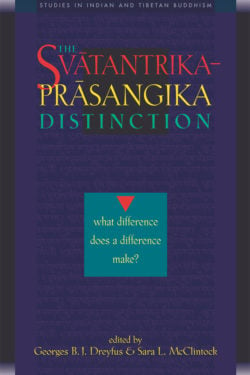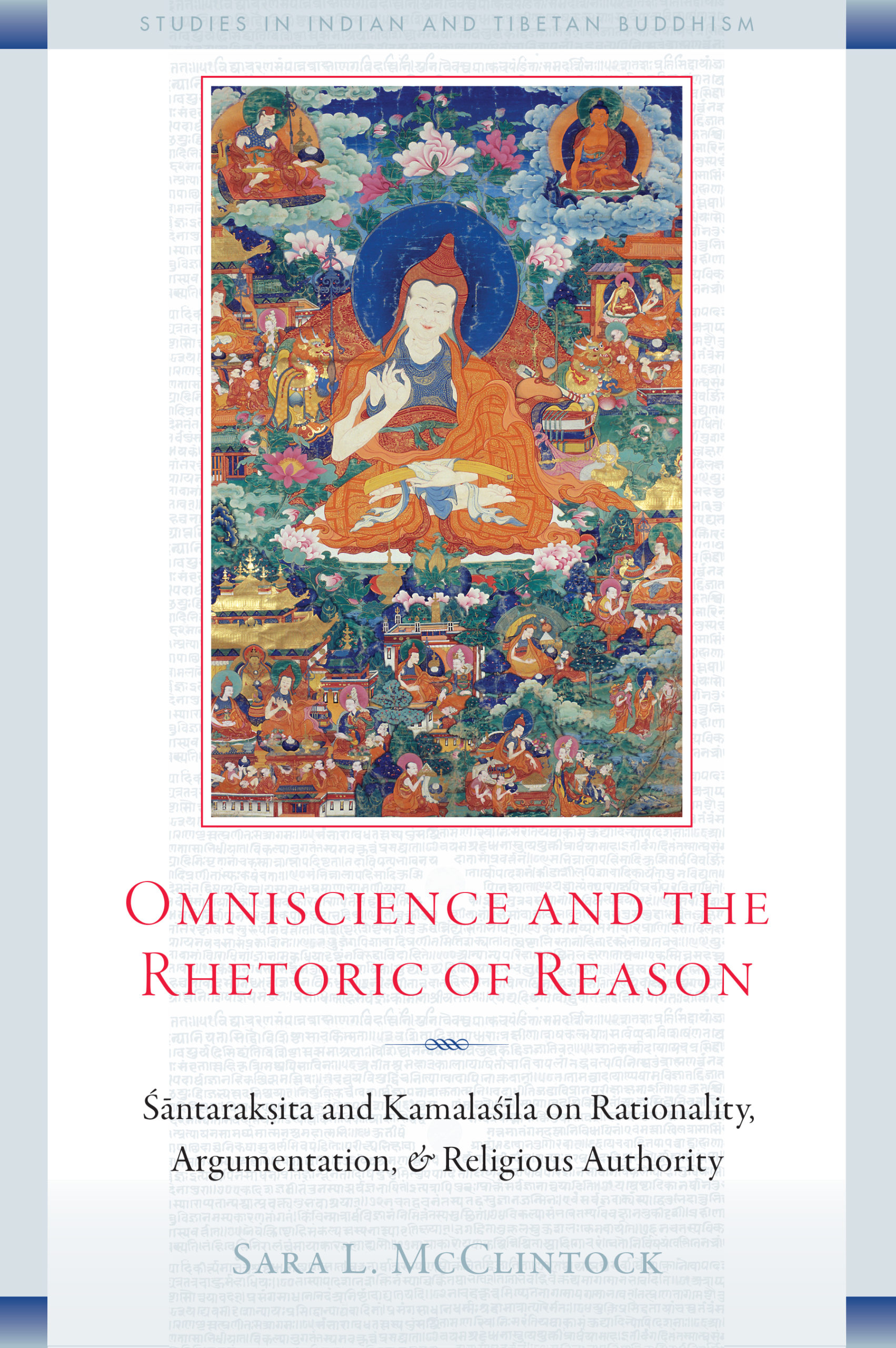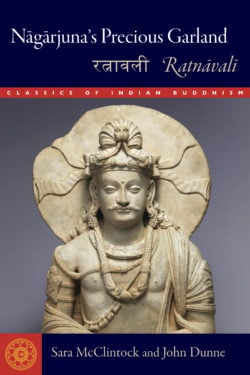Sara L. McClintock

Sara L. McClintock (they/them) is a Buddhist philosopher and scholar of religion whose interests converge at the intersections of ethics, metaphysics, truth, and story. They obtained their PhD from Harvard in 2002, and are now an associate professor at Emory University, where they teach graduate and undergraduate courses in Indian and Buddhist philosophy, Buddhist narrative traditions, women in Buddhism, and interpretation theory in the study of religion. A specialist in the work of Śāntarakṣita and Kamalaśīla, they also write and translate more broadly on topics in narrative, epistemology, and ethics. Their current book project is a philosophical exploration of the transactional and camouflagic nature of truth, drawing on ideas from Indian Buddhist thinkers and putting them in conversation with contemporary concerns. While not busy with teaching and research, their passion is to discover ever new ways to nourish freedom and joy in daily life.
Books, Courses & Podcasts
The Svātantrika-Prāsaṅgika Distinction
Madhyamaka, or “Middle Way,” philosophy came to Tibet from India and became the basis of all of Tibetan Buddhism. The Tibetans, however, differentiated two streams of Madhyamaka philosophy—Svātantrika and Prāsaṅgika. In this collection, leading scholars in the field address the distinction on various levels, including the philosophical import for both Indian and Tibetan Madhyamaka and the historical development of the distinction itself.
Learn more about the Studies in Indian and Tibetan Buddhism series.
Learn more about Tsongkhapa and Mipham Gyatso at the Treasury of Lives.
Omniscience and the Rhetoric of Reason
The great Buddhist scholars Śāntarakṣita (725–88 CE.) and his disciple Kamalaśīla were among the most influential thinkers in classical India. They debated ideas not only within the Buddhist tradition but also with exegetes of other Indian religions, and they both traveled to Tibet during Buddhism’s infancy there. Their views, however, have been notoriously hard to classify. The present volume examines Śāntarakṣita’s Tattvasaṃgraha and Kamalaśīla’s extensive commentary on it, works that cover all conceivable problems in Buddhist thought and portray Buddhism as a supremely rational faith.
One hotly debated topic of their time was omniscience—whether it is possible and whether a rational person may justifiably claim it as a quality of the Buddha. Śāntarakṣita and Kamalaśīla affirm both claims, but in their argumentation they employ divergent rhetorical strategies in different passages, advancing what appear to be contradictory positions. McClintock’s investigation of the complex strategies these authors use in defense of omniscience sheds light on the rhetorical nature of their enterprise, one that shadows their own personal views as they advance the arguments they deem most effective to convince the audiences at hand.
Learn more about the Studies in Indian and Tibetan Buddhism series.
Nāgārjuna’s Precious Garland
Winner of the 2025 Khyentse Foundation Prize for Outstanding Translation
This elegant and precise rendering of Nāgārjuna’s work is certain to become the touchstone translation of this celebrated Buddhist text.
In this profound work of five hundred verses, we encounter a presentation of Buddhism that integrates both the worldly and the transcendent. The clear and sagacious advice laid out on every page serves as a road map to one’s highest goal—whether that goal is a better life, here called the Dharma of ascendance, or the ultimate one of spiritual freedom, the Dharma of the highest good. The verses, written for an unnamed ruler, touch on questions of statecraft, but their broader themes speak to us today because they tackle the difficulty of integrating one’s spiritual journey with the social and political demands of daily life.
Nāgārjuna was an Indian Buddhist teacher, probably of the second century CE, who was renowned for his astute articulation of the philosophy of the Middle Way (Madhyamaka). His thoroughgoing critique of all forms of essentialism became a touchstone for Mahāyāna Buddhism in India, Tibet, and throughout East Asia, and his importance for the development of the Mahāyāna tradition can scarcely be exaggerated.
The translators here first rendered Nāgārjuna’s letter for the Dalai Lama’s teachings on the work in Los Angeles in 1997. While that commemorative edition was translated from the Tibetan, the present volume prioritizes the surviving Sanskrit verses along with the only known Indian commentary, by the eleventh-century scholar Ajitamitra. This is the first complete translation in English of the Precious Garland that takes the Indian text and commentary as its primary authorities. In addition, they provide rigorous working editions of the Sanskrit and Tibetan verses they translate.
Learn more about the Classics of Indian Buddhism series.



